Allen-Bradley Control devices, buttons
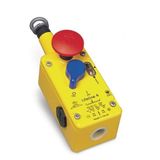
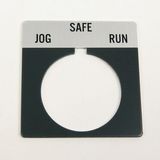
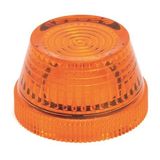
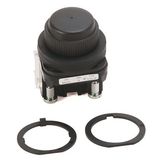
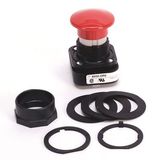
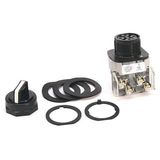
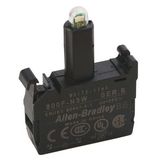
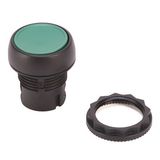
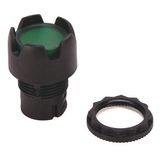

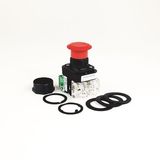

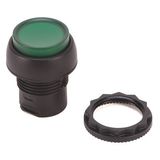
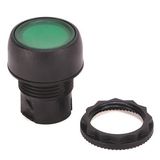



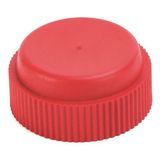
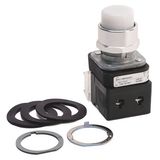

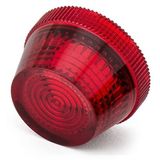
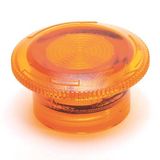
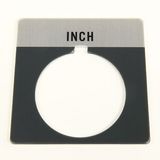





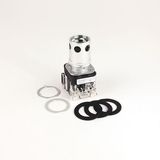
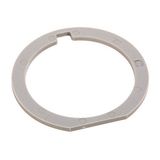
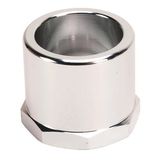


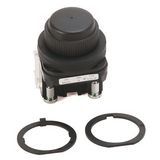
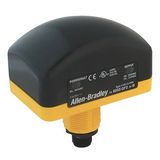

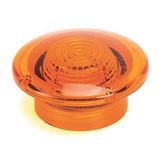
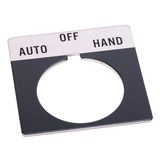
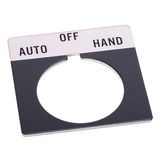
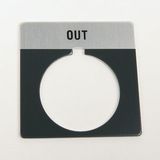
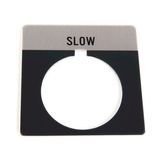


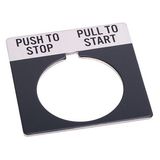

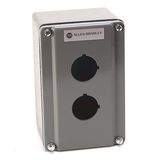
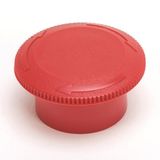

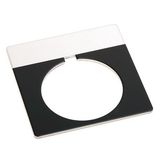
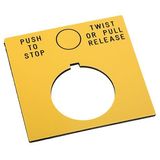
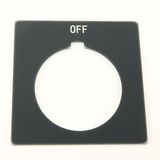

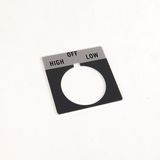
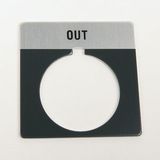

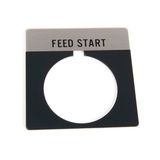
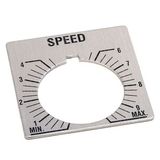
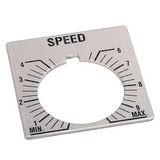

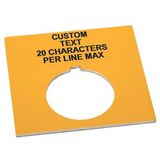
Purpose and Role of Allen Bradley Control Devices in Industrial Systems
Allen Bradley control devices and buttons act as the human–machine interface (HMI) in control panels and machinery. They serve as the means by which operators initiate commands, select modes, stop equipment under fault, signal status, or intervene in automated sequences. In a control system, reliability of these devices is critical: a misfire, sticky actuator, or contact fatigue in an Allen Bradley emergency stop button can compromise safety or shut down the line. They also form part of the safety logic (e.g. E-stop chains, interlocks) or user modes (selector switches), so specifying the correct category — push buttons, selector switches, signal buttons — is essential.
Internal Design and Engineering Logic of Allen Bradley Push Buttons & Selector Switches
Internally, Allen Bradley industrial buttons (e.g. Bulletin 800F, 800T families) use modular architecture: operator heads, contact blocks, actuator springs, bezels, and mounting parts are separate, interchangeable modules. This modular design enables field servicing and flexibility in reconfiguration.
Contact materials are often silver-based alloys engineered to reduce contact resistance and resist pitting under frequent actuation. The mechanical actuation (rocker, plunger, twist, or key) must provide tactile feedback and precise travel, so designers calibrate spring constants and lever geometry to avoid bounce or pretravels beyond spec.
Key to robust performance is separating the contact block cavity from the operator head’s enclosure to reduce thermal transfer, moisture ingress, and mechanical stress on wiring. Seal gaskets (silicone or EPDM) and O-rings prevent ingress (dust, oil mist) in harsh environments. Many Allen Bradley operator devices are rated to IP66 or greater when properly installed.
Selector switches add a layer: the mechanical detent or indexing must be precise (e.g. 45°, 90°, or multi-position) so that contact blocks only switch at defined positions. Key-operated selectors provide security — only enabled personnel can change modes.
Variants and Comparison: Push Buttons, Selector Switches, E-Stops, Signal Buttons
Push Buttons & Signal Buttons: momentary, maintained, illuminated or non-illuminated, mushroom heads, flat or raised styles. Use push buttons for start, reset, test functions; signal (pilot) buttons often have translucent heads to integrate thin LEDs indicating state.
Selector Switches: typically multi-position (2–4 or more) used for mode selection (Auto / Manual / Off). They may be key-lockable, illuminated, or non-illuminated.
Emergency Stop Buttons: designed to meet safety standards (ISO 13850 / EN 60947) and force a safe halt when actuated. They often adopt a push-pull, twist-to-release, or latch type. Ensure the E-stop body is certified and can be wired in your safety circuit. Some Allen-Bradley E-stop devices are rated for a minimum number of mechanical cycles (e.g. 150,000 operations) when used with self-monitoring contact blocks.
Modular vs. Fixed vs. Hazardous Location Variants: Modular designs (800F series) allow mix-and-match heads, contacts, and accessories. Fixed units may be simpler but less flexible. Hazardous-location rated devices (e.g., 800H or 800R series) include extra sealing and explosion-proof ratings.
When comparing models, check mechanical life, contact block rating (volts, amps, AC/DC, number of contacts NO/NC), actuation style, and environmental rating (IP/IK).
Performance, Reliability, and Standards
Allen Bradley operator devices must comply with IEC/EN 60947 series (for low-voltage switchgear) and machinery safety standards when used in safety circuits. Their contact blocks undergo endurance testing (tens to hundreds of thousands of cycles). For instance, selector switches may be rated for up to 1,000,000 operations; illuminated or key-operated types somewhat less (200,000 operations) per spec sheets.
Temperature rise is limited: contact resistance and internal heating must be controlled so that the ambient plus rise stays within insulation class. In applications with high ambient temperature or limited ventilation, derate or choose a more robust device.
Ingress and impact protection are important for industrial settings. Many Allen Bradley devices aim for IP66/67 when mounted properly with gaskets. In washdown or outdoor settings, sealing and dust resistance matter.
Also consider EMC shielding for devices with illumination or integrated electronics. The overall control panel layout should mitigate electromagnetic interference (EMI).
Installation and Integration Practice
Panel cutouts and mounting: Use the correct diameter (e.g. 22 mm, 30 mm). Ensure the panel thickness is within allowed range for secure mounting of the head, bezel, and backnut. Use torque specs (in literature) for nuts and terminal screws to avoid distortion or loosening.
Contact block assignment and wiring: Contact blocks snap onto operator heads. Always ensure NO/NC logic matches your control software and wiring diagrams. Use keyed or coded blocks to avoid misplacement. Use ferrules or termination sleeves on stranded wire to ensure consistent contact. Verify terminal torque (often 0.5–0.8 Nm for small operator devices).
Depth and clearance: Behind-panel clearance is needed for the contact blocks and wiring. Avoid interference with other relays or bulky wiring. Provide strain relief for wires to prevent fatigue.
E-stop integration: E-stops should be wired so that actuation breaks power to the dangerous parts and engages safety logic (e.g. safety relays). Use redundant contacts if required by safety architecture. If using emergency cable pull devices (Bulletin 440 series), they must be tensioned correctly and placed where personnel can easily access them.
Guarding and legend plates: Use protective shrouds or guards around emergency buttons to prevent accidental activation. Use engraved or printed legend plates for clarity and consistency in multi-button panels.
Maintenance, Diagnostics, and Lifecycle
Buttons and switches rarely fail catastrophically; most issues are loose wiring, cracked contact blocks, or ingress contamination. During periodic inspections:
- Check terminal torque and tighten as needed.
- Inspect for signs of arcing (discoloration, pitting).
- Clean operator heads and contact faces if dust or residue is present.
- Verify mechanical function (does push feel crisp? any wobble?).
- Replace contact blocks proactively if approaching rated cycles or after heavy use.
Good practice is to stock common spare modules (heads, contact blocks) for quick swap-out. Because of the modular design, field replacement is usually quick and doesn’t require full panel removal. The lifecycle of these devices, under proper usage and environment, may reach decades
Procurement and Selection Guide for Allen Bradley Control Devices
When ordering or specifying:
- Define the function: decide whether you need push button, selector, indicator, or emergency stop.
- Match the electrical rating: voltage, current, contact configuration (NO/NC), DC vs AC loads.
- Select actuator style: mushroom, flat, key, twist-to-release, etc.
- Check environmental rating: IP/IK class, material compatibility with chemicals, splash zones.
- Control compatibility: if integrating with safety systems, ensure the device meets required safety integrity levels.
- Modularity & spare plan: aim for series where modules are interchangeable. Order 10–20 % spares of heads and blocks rather than entire units.
- Documentation: request datasheets, certification (UL/CE/EN), operation life curves, drawings for panel layout.
Distribution and Technical Support via Bank of Lamps
Bank of Lamps is authorized to distribute Allen Bradley control devices and buttons across Europe. We maintain inventory in Latvia, offering fast quoting and delivery to UK, Germany, Netherlands, France, Spain, Belgium, and the Baltics. We supply full data packages (datasheets, wiring diagrams, certificates), support bulk order pricing, and provide technical consultation to ensure correct device selection for your control panels or machinery. For trusted B2B clients, we offer post-payment terms and consolidated shipping — all with traceability from batch to project delivery.